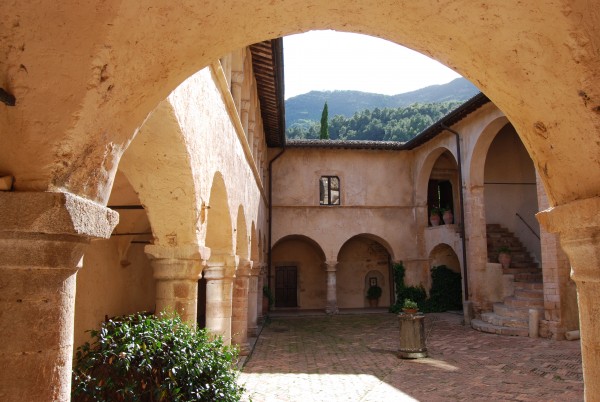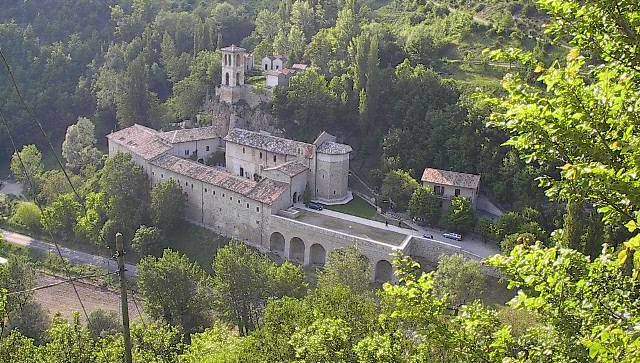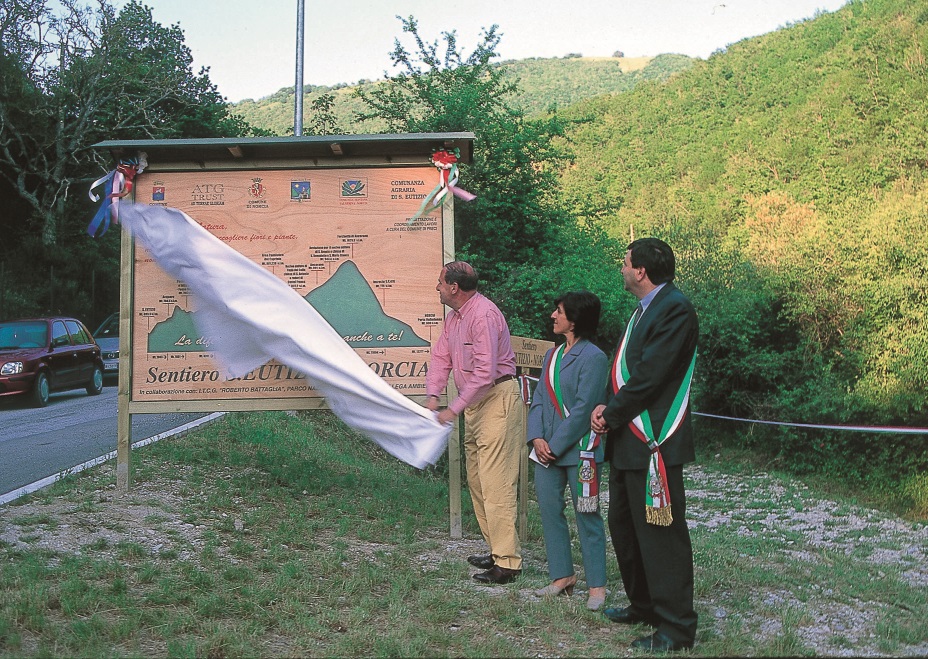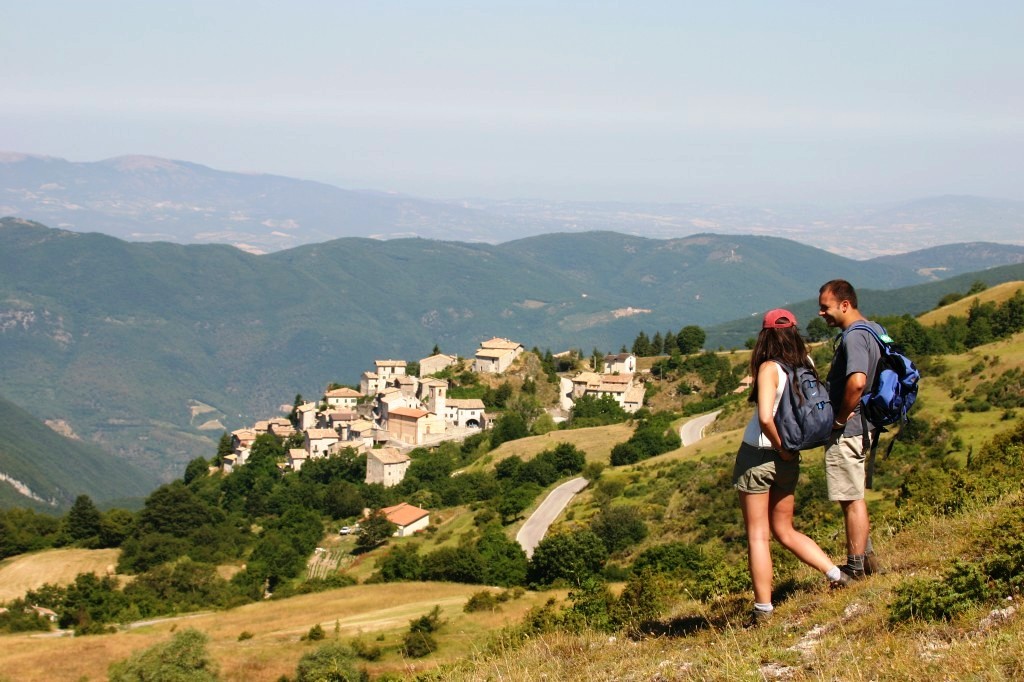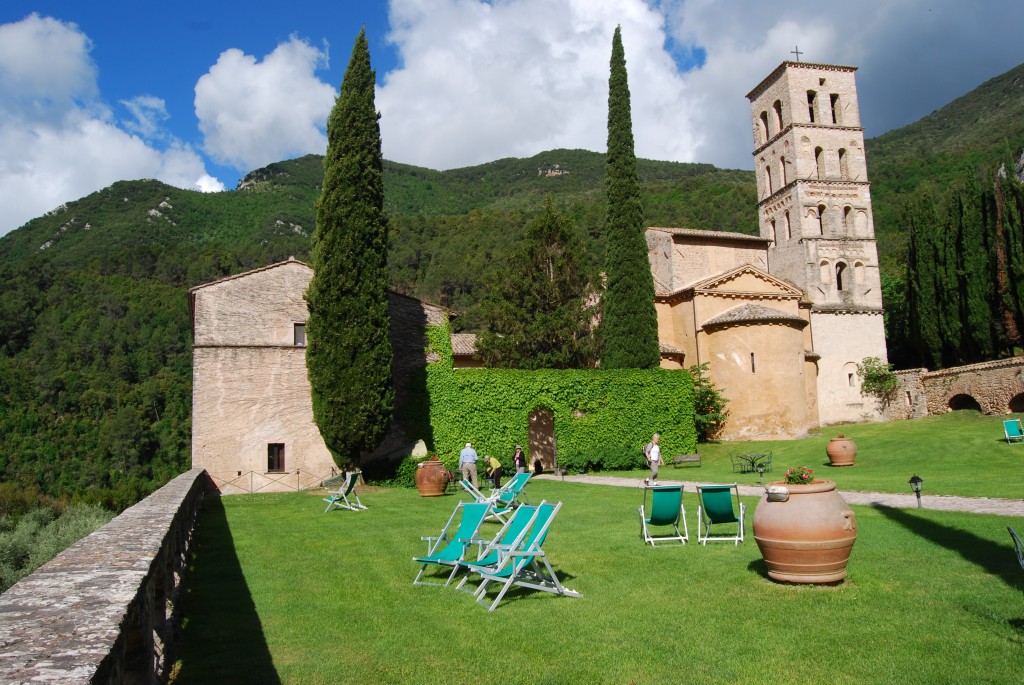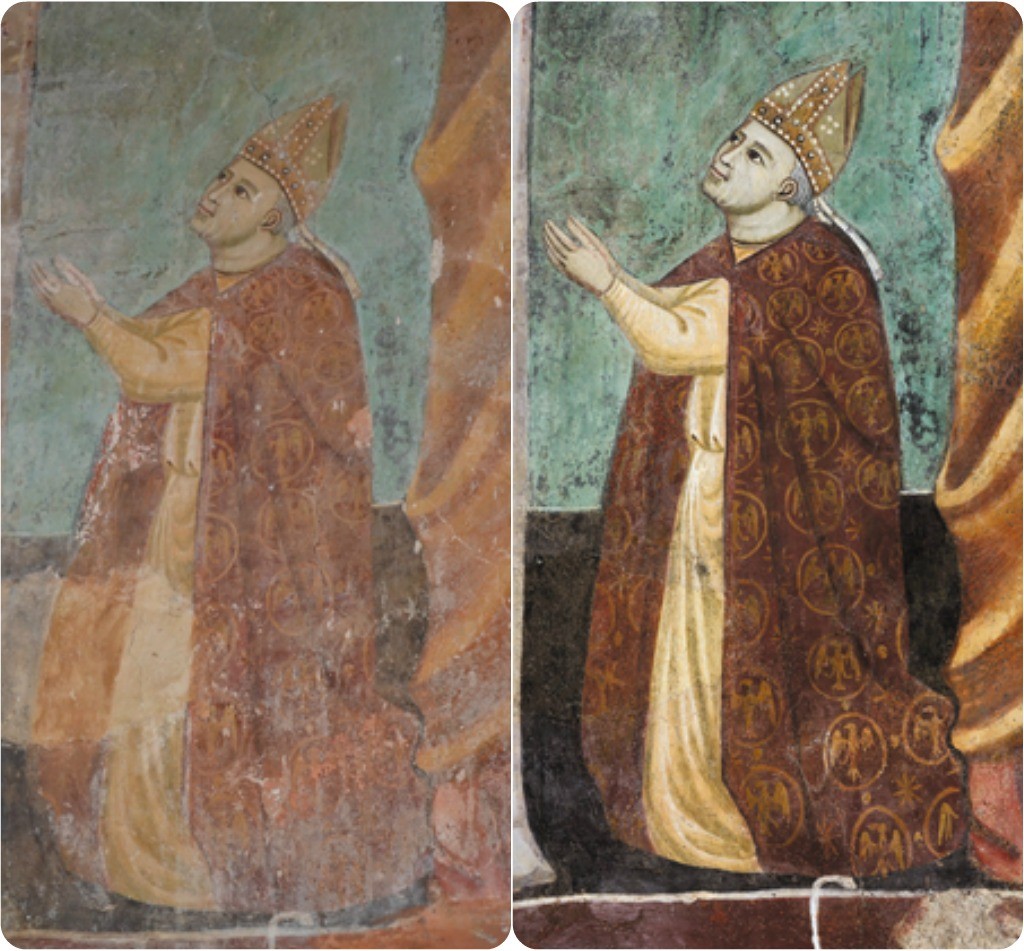 Lara Piccioli gives us an insight into some of the beautiful churches and abbeys of Umbria that you will discover during your walking holiday of the region.
Lara Piccioli gives us an insight into some of the beautiful churches and abbeys of Umbria that you will discover during your walking holiday of the region.
Umbria, the little green region in the centre of the Italian peninsula, is a place I hold very close to my heart. Although a touch biased as I was born there, the region has a huge amount of charm, mouth-wateringly good food (including the exquisite truffle), and of course great people! All of this aside, it also has a deep-rooted religious history and was once a land of hermits, saints and mysticism.
St. Benedict, for example, the father of Western Monasticism, was born in Norcia, Umbria in 480; he was one of the most important figures of Christianity and led the transition from hermit to community life, thus leading to the advent of abbeys. Umbrian valleys were chosen specifically for their strategic position and abbeys were often built in existing pagan temples. Those living in the Monastic communities had to follow the Benedictine Rule “Hora et Labora” (Pray and Work), in which they would study and live by Benedict’s book of precepts as well as working and farming the land.
The architectural legacy of this religious history is evident throughout the region. For example, as part of our Unknown Umbria walking holiday, in the remote eastern part of the region near Preci, we come across the Abbey of S.Eutizio. This is an impressive and glorious example of Romanic architecture, which rises on a high cliff overlooking the Castoriana Valley. It was founded in the late 5th century by S.Spes, a Syrian hermit who, with a group of other monks built an oratory for the Virgin Mary. Eutizio, his successor, later built a church on the site. Occupied in the 8th century by the Benedictine monks, it became an important centre of church power, controlling about 100 churches and castles in the area; it was also famous for its library and the important surgery school. The ATG Trust has helped fund the restoration of the ancient pilgrim way linking the town of Norcia with the Abbey of S. Eutizio.
Hiking toward Norcia, you also encounter the lovely church of S.Salvatore, built in the year 1000. It has an older part on the left side and a newer one which was a result of an extension carried out in the XV century with paintings from Sparapane brothers, Nicola da Siena and Domenico da Leonessa.
Another little gem, unknown to most tourists, is the church of S. Michele in Gavelli, whose astonishing frescoes by Lo Spagna, disciple of Perugino, date back to 1492 and were recently restored by the ATG Trust. When you pass by the village, you might easily miss the beauty of the Angels, Madonne and Saints in the church of this remote Umbrian location unless a little lady called Fernanda is willing to drag herself up to the door and unlock it for you! Don’t forget to ask your Route Manager where you might find her if you are travelling Footloose…
One of my favourites of the region is the Abbey of S. Pietro in Valle, which is further down along the Valnerina; it’s a masterpiece and a great example of Longobard architecture, one of the oldest in the region. Somewhat uniquely it is privately owned and has been converted into a Residenza D’Epoca (guesthouse), used by ATG groups on the Flowers of Umbria trip (run in the spring) and on the Unknown Umbria Escorted and superior Footloose routes.
It’s a magical place where time seems to have stopped and where, in the early summer in the surrounding woods, you can spot a myriad of fireflies lighting up the night. It was built by Faroaldo II, Duchy of Spoleto in 728, after having dreamt of St. Peter telling him to build it in honour of the Syrian hermit saints, Lazarus and John, who lived there for 40 years in a cave near where the church is today. The ATG Trust recently completed a fresco restoration project in the church.
The churches and abbeys of Umbria listed above are just a handful of what the region has to offer. Much like the Gargano region (if you are interested in the food in Gargano take a look at my previous ‘Flavours of Gargano’ blog!), parts of Umbria are really quite unknown to the tourist masses which allows it to maintain its charm. With such a rich history, beautiful religious architecture and glorious landscapes, even with my touch of bias, it is a pretty beautiful part of the world.
If you are interested in visiting the abbeys and churches specified in Lara’s blog, take a look at the walking holiday options below:
Escorted Walking Holidays
Flowers of Umbria
Unknown Umbria
Footloose Walking Holidays
Unknown Umbria and Spoleto























 The best way to see a country is on foot! For an overview of all dates and prices across our
The best way to see a country is on foot! For an overview of all dates and prices across our  2025/2026 Tours For an overview of 2025/2026 dates, click here Idyllically located in unspoilt countryside between Siena – ‘the best-preserved,
2025/2026 Tours For an overview of 2025/2026 dates, click here Idyllically located in unspoilt countryside between Siena – ‘the best-preserved, 